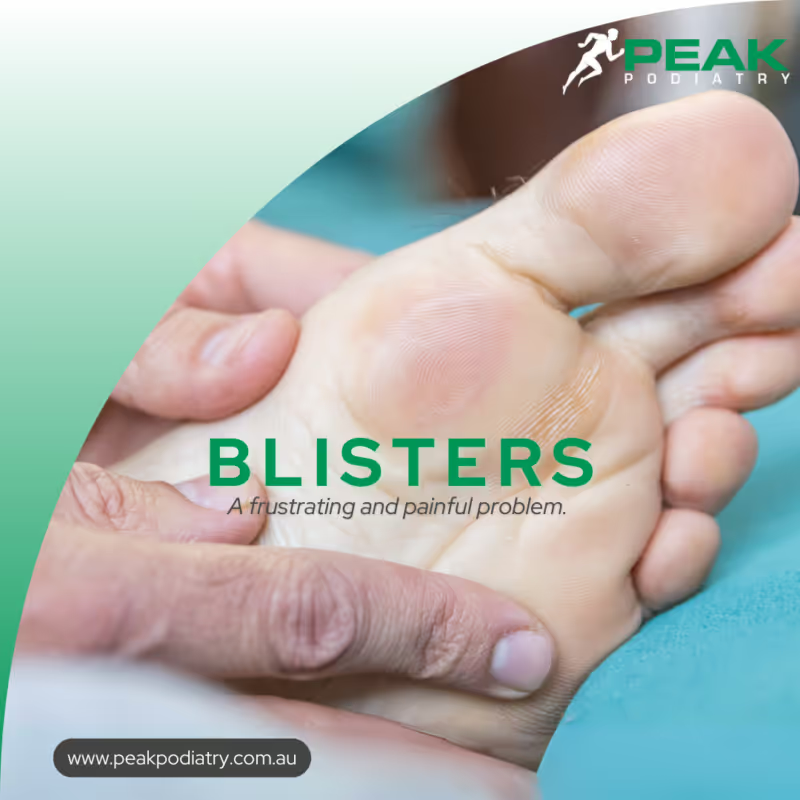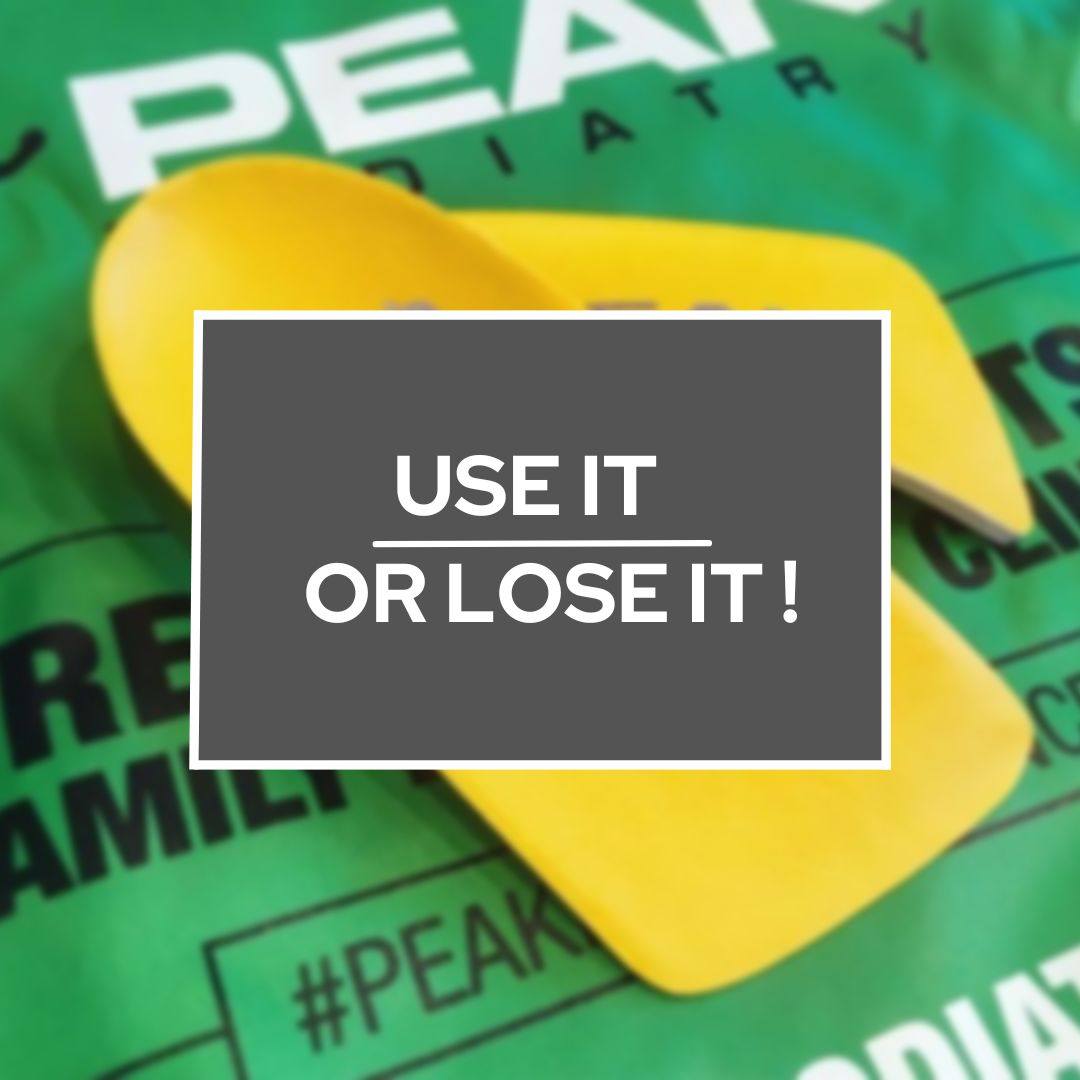Foot Blisters: Common Causes and Tips for Prevention and Treatment
February 10, 2025
Whether you’re an athlete pushing your limits or someone who enjoys a daily walk, foot blisters can be an annoying and painful interruption. These small fluid-filled pockets form between the layers of skin due to friction, burns, or other factors. Let’s dive into the common causes, along with some prevention tips and treatments to keep you blister-free.
Common Causes of Foot Blisters
- Friction: The most common cause is repeated rubbing of the skin against footwear or other surfaces. Ill-fitting shoes or wearing shoes without socks can exacerbate this.
- Moisture: Excessive sweating can soften the skin, making it more prone to blistering. Conversely, wet conditions can cause blisters as well.
- Heat: High temperatures can lead to sweat and increased friction. In extreme cases, burns can also cause blisters.
- Pressure: Prolonged pressure on specific areas of the foot, such as when running or hiking, can lead to blister formation.
- Allergic Reactions: Certain materials in shoes or socks can cause allergic reactions, resulting in blister formation.
- Medical Conditions: Conditions like eczema, psoriasis, or infections can make the skin more susceptible to blisters.
Tips for Prevention
- Choose Proper Footwear: Invest in well-fitting shoes that provide adequate support and have enough room for your toes. Avoid shoes that are too tight or too loose.
- Wear Moisture-Wicking Socks: Opt for socks made from moisture-wicking materials to keep your feet dry. Consider double-layer socks for added protection.
- Keep Feet Dry: Apply foot powder or antiperspirant to reduce moisture. Change socks frequently if they become damp.
- Break in New Shoes: Gradually break in new shoes by wearing them for short periods initially. This helps the shoes conform to the shape of your feet.
- Use Protective Gear: Consider using blister pads, moleskin, or sports tape on areas prone to blisters to reduce friction.
- Maintain Good Foot Hygiene: Keep your feet clean and moisturized. Dry them thoroughly after washing, especially between the toes.
Tips for Treatment
- Clean and Protect: If a blister forms, clean the area with mild soap and water. Apply an antiseptic and cover with a sterile bandage or blister pad.
- Drain Safely (if necessary): If a blister is large and painful, it may need to be drained. Sterilize a needle, gently pierce the edge of the blister, and let the fluid drain. Do not remove the skin flap.
- Use Padding: Protect the blistered area with padding to prevent further friction. Molefoam or hydrocolloid dressings can be useful.
- Avoid Popping Blisters: If possible, let the blister heal naturally. Popping it increases the risk of infection.
- Monitor for Infection: Watch for signs of infection such as increased redness, swelling, warmth, or pus. If these occur, seek medical attention.
By understanding the common causes and following these prevention and treatment tips, you can keep your feet healthy and blister-free, whether you’re training for a marathon or just enjoying a walk in the park. Peaks team can help treat and prevent to keep you on your feet.







